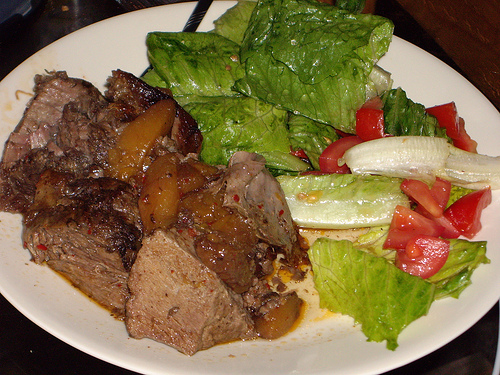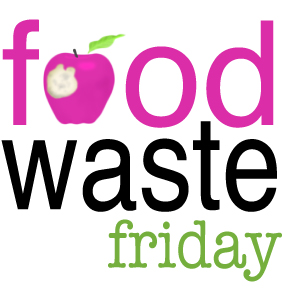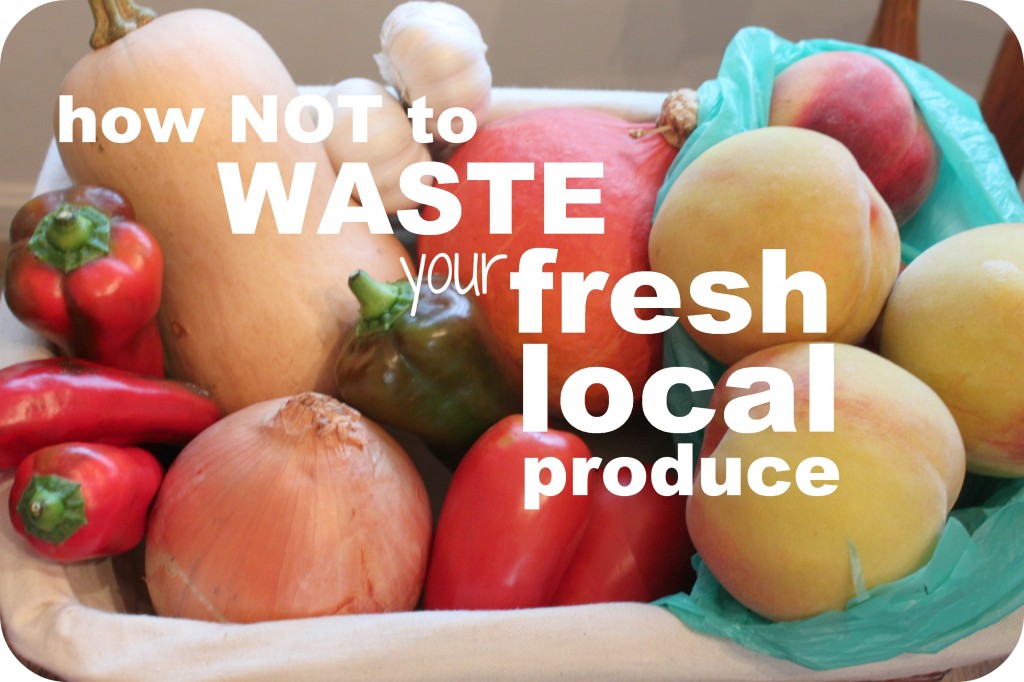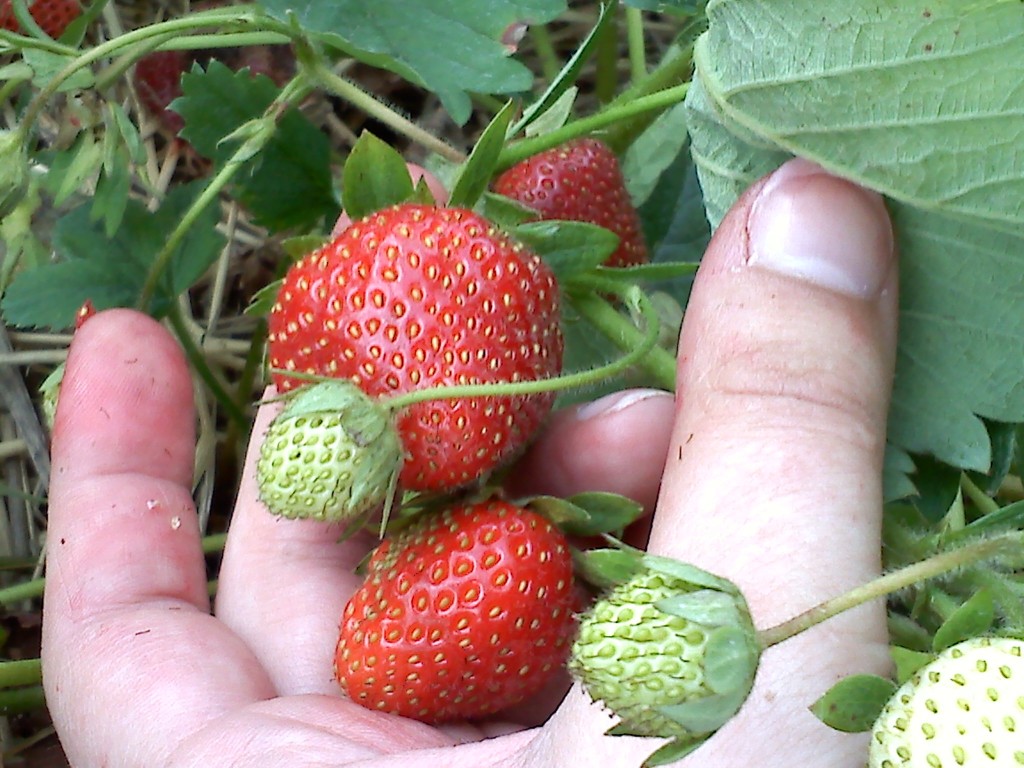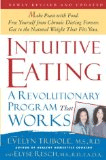
After the gratefulness of Thanksgiving comes a flurry of commercialism and materialism: Black Friday, Small Business Saturday, and Cyber Monday. I like to shop with the best of them, and I always have fun with my family browsing the good deals on Black Friday, but it’s nice to have a day to turn our attention back to our blessings and those who are less fortunate. (And no matter how dire our circumstances, there is always someone less fortunate than us.)
In celebration of the spirit of Generous Tuesday, I bring to you 3 very easy ways to give back.

1. Pure Charity
Generous Tuesday was actually launched by Pure Charity, an organization that exists specifically to help connect givers and recipients, and not only during the holiday season. Simply create a virtual “account” on their website, then shop through their portal. The benefit to you is that you will receive special personalized deals from retailers you already shop at like Target, Groupon, Walmart and more. A percentage of your purchase is deposited into your account (otherwise known as your giving fund) and when you reach your goal amount, you can choose a charity of your choice to receive the funds! It’s a great way to finish your Christmas shopping and give generously at the same time.

2. Samaritan’s Purse
It’s too late to get in on the action of Operation Christmas Child (but you should really put it on your list for next year if you haven’t already), but Samaritans Purse, the organization behind the Christmas shoeboxes, has a lot more giving opportunities you might not be aware of.
For example, you can:
- Feed a child in Mongolia for an entire week for $7.
- Provide school supplies or tuition for a month for a child in a needy country for $15.
- Supply an entire outfit complete with shoes and coat for $25.
- Sponsor an orphan, providing their food, healthcare, shelter, education and other essentials for a month for $35.
- Stock a fish pond for a community for $50.
- Supply a dairy goat to a family in need for $70.
- Provide a water filter that will provide a family with a lifetime of healthy water for $100.
Even the poorest of us here in the United States of America have so much more than the majority of people worldwide, and I love that Samaritan’s Purse makes it easy for us to give to those who have need of our generosity. They have many more options besides these, plus you can choose to split larger gifts with other people.
3. Angel Tree
Angel Tree takes the time to reach a forgotten segment of society - the children of prisoners. Parents in prison can sign their children up to receive gifts at Christmas. In turn, churches and other organizations set up Christmas trees with angel tags on them. Each angel tag bears the name of a prisoner’s child and the gift they might like to receive. Anyone interested in participating chooses a tag and purchases a $20 gift for the child, wraps it, and drops it off with the Angel Tree coordinator. Angel Tree takes care of delivering the gifts to the intended recipients.
You can participate with Angel Tree in a variety of ways:
- Organize an Angel Tree in your church or Christian organization.
- Contact Angel Tree at angel_tree (at) pfm.org to find organizations or churches with Angel Tree programs already existing in your area, and give a gift to a prisoner’s child.
- Donate online.



